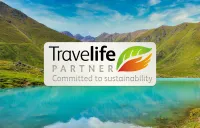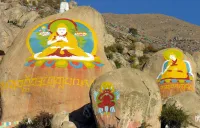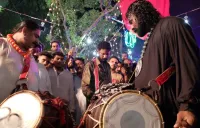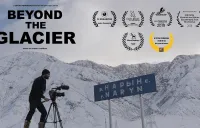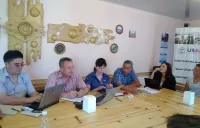Our selection of Private Tours. Explore
A Gateway to the Untouched Central Asia
Ready made tours regularly updated and carefully designed with the Nomad’s Land spirit.
What makes us unique?
What makes us unique?
What makes us unique?
Our latest updates Before you go
Stay informed with our latest updates and essential tips to ensure your Silk Road adventure is both memorable and seamless.



